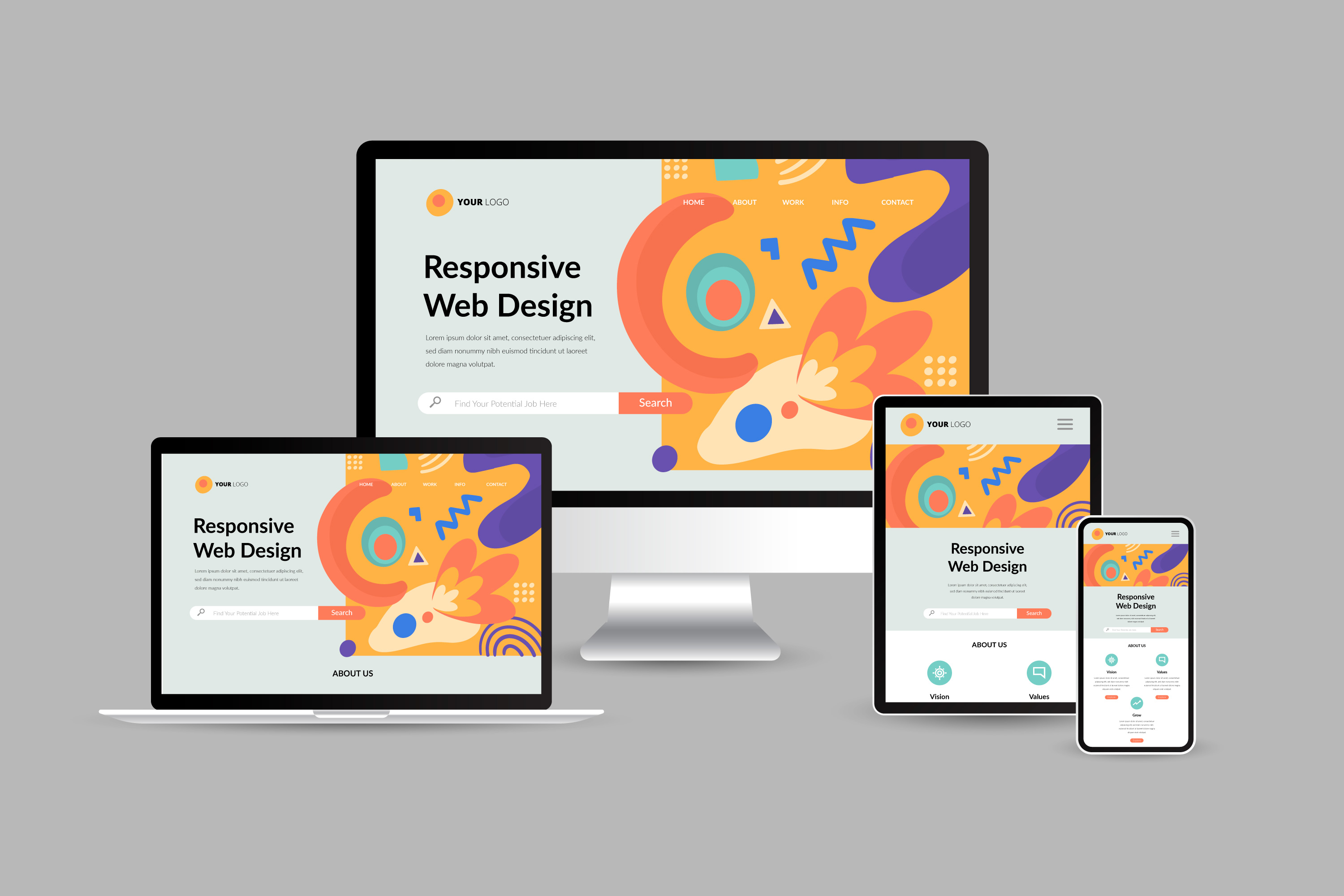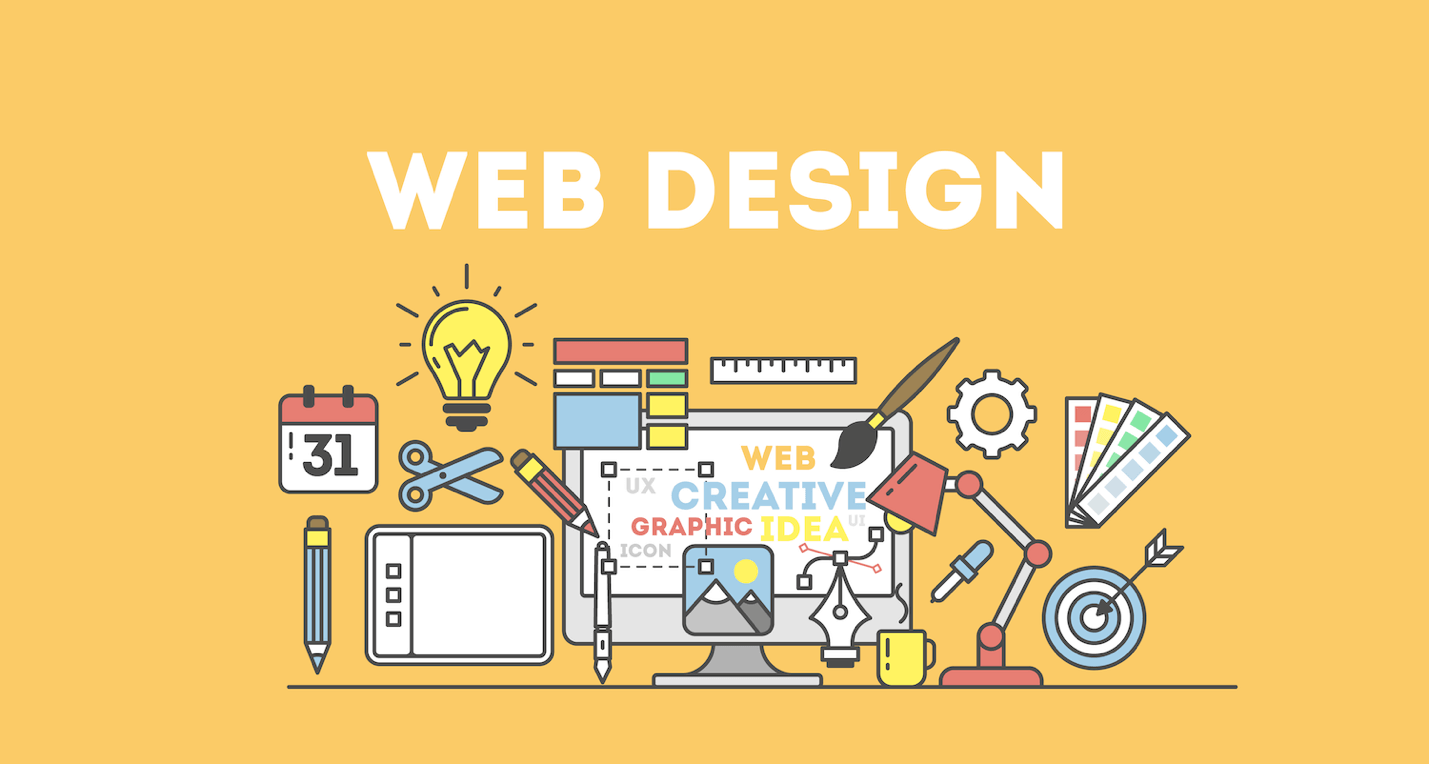Leading Web Design Company Singapore for Innovative Online Solutions
Leading Web Design Company Singapore for Innovative Online Solutions
Blog Article
Essential Components of Effective Site Style: A Comprehensive Guide
In the realm of electronic existence, efficient web site style is pivotal to attaining both customer satisfaction and company objectives. By concentrating on crucial components such as user-centric design principles, receptive formats, and smooth navigation, designers can create an interesting experience that meets the diverse demands of visitors. The function of aesthetic pecking order and high-grade material can not be underestimated, as they dramatically influence user interactions and assumptions. What strategies can be applied to make certain these elements work cohesively? The answer exists in recognizing the nuanced interaction between them, which requires more exploration.
User-Centric Style Principles
User-centric layout principles create the keystone of reliable website design, focusing on the needs and experiences of completion customer. These concepts are rooted in understanding user actions, choices, and challenges, ensuring that the website serves its designated audience effectively.
At the heart of user-centric style is empathy. Designers need to engage in comprehensive individual study, using approaches such as surveys, interviews, and usability screening to gather insights into customer assumptions. website design in singapore. This details educates design decisions, resulting in instinctive navigating, clear information design, and engaging visuals
An additional secret aspect is availability. A site needs to be functional for people with differing abilities, sticking to well-known standards and guidelines. This commitment not just boosts user experience yet additionally expands the prospective target market.
Furthermore, iterative style is necessary. By constantly checking and improving the site based upon user feedback, designers can adjust to progressing requirements, making sure the site continues to be pertinent and efficient. In recap, user-centric design principles foster a deep understanding of completion user, bring about a much more appealing, available, and eventually effective internet site. This foundational approach prepares for all succeeding style considerations.
Significance of Responsive Format
A receptive layout is essential in today's electronic landscape, where a considerable section of internet traffic comes from smart phones. As individuals accessibility web sites on a range of screen sizes, from mobile phones to tablet computers and larger screens, guaranteeing that an internet site adapts perfectly to these various dimensions is important for maintaining usability and engagement.

Furthermore, a receptive format decreases the requirement for numerous versions of a website, simplifying maintenance and reducing advancement prices. Instead of developing different desktop and mobile sites, a single receptive style can click resources fit all customers, enhancing updates and content management.
Eventually, the relevance of a receptive format can not be overemphasized; it is an essential component of efficient website design that makes certain accessibility, enhances user complete satisfaction, and supports general organization objectives in an increasingly mobile-driven world.
Visual Power Structure and Visual Appeals
Three key elements-- aesthetic hierarchy, aesthetic appeals, and functionality-- play a crucial function in effective internet site layout. Aesthetic power structure refers to the setup and discussion of elements on a webpage to direct customers' focus and focus on details. By using dimension, color, contrast, and spacing strategically, designers can make certain that one of the most essential content stands apart, leading to enhanced user involvement and understanding.
Looks, on the other hand, incorporates the overall visual charm of the web site. A natural color combination, harmonious typography, and well-chosen imagery add to a pleasing layout that reverberates with the target market. An aesthetically attractive site cultivates count on and reliability, urging customers to discover further.
In addition, aesthetic hierarchy and aesthetics need to function in tandem with functionality to create a reliable user experience. Stabilizing these components makes sure that users can navigate the website without effort while appreciating an engaging aesthetic experience.
Seamless Navigation Approaches
A reliable website design not just astounds customers visually but also helps with seamless navigating, which is essential for maintaining individual engagement. A well-structured navigating system enables users to discover info promptly and effectively, improving their overall experience.
To achieve seamless navigation, focus on a clear and instinctive menu design. Use descriptive labels for food selection things, guaranteeing that individuals can easily comprehend the web content they will certainly run into. Take into consideration executing a breadcrumb route. This function allows customers to track their area within the web site, enabling them to browse back to previous areas easily.
Furthermore, use a search function that is prominently placed and simple to use, offering customers the check over here capability to situate particular material without substantial surfing. It is also crucial to preserve uniformity throughout all web pages; comparable navigation elements must appear throughout the site to avoid confusion.
Last but not least, make certain that your navigating is responsive, adapting effortlessly to various gadgets and screen dimensions. A mobile-friendly design is progressively crucial as more individuals accessibility web sites on mobile phones and tablets. By integrating these strategies, you can develop an user-friendly navigating experience that encourages exploration and reduces bounce rates.
Optimizing Content for Engagement
Efficient helpful hints content optimization is important for recording and keeping user interaction on a site. Premium content must reverberate with the target audience while being structured in a means that improves readability. Utilizing headers, bullet factors, and succinct paragraphs enables users to swiftly check the material, assisting in a better understanding of the material.
Incorporating pertinent keywords naturally into the text not just improves online search engine visibility but additionally enhances user experience. Involving multimedia aspects, such as pictures, video clips, and infographics, can separate textual monotony and provide aesthetic context, making the material much more appealing.
One more important element is the telephone call to action (CTA), which need to be clear and compelling, directing customers in the direction of wanted communications. Using A/B screening can aid in determining which material formats or messaging styles resonate most with the target market.

Conclusion
Finally, effective site style is basically rooted in user-centric concepts, receptive layouts, visual pecking order, smooth navigating, and appealing material optimization. These essential aspects work in tandem to enhance individual experience and foster significant interactions. By focusing on these parts, internet sites can accomplish higher accessibility and satisfaction, inevitably causing enhanced interaction and retention rates. A thorough understanding and execution of these concepts are important for developing an effective on-line existence in a significantly digital landscape.
Report this page